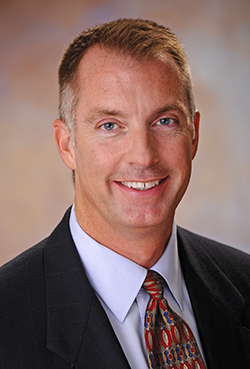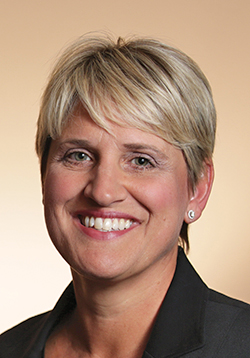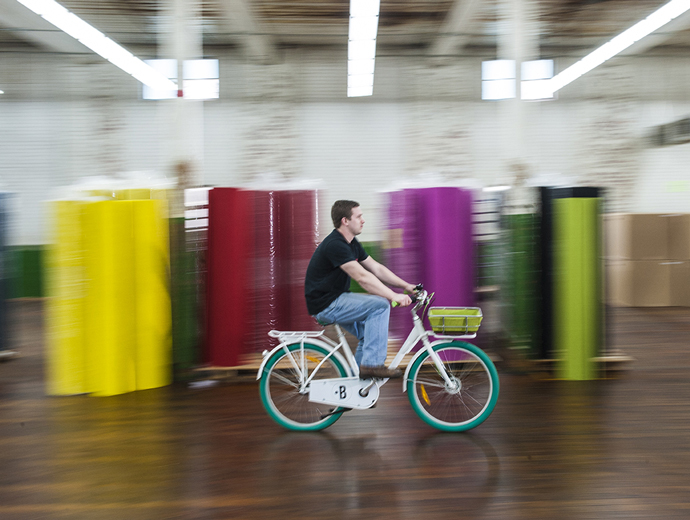Would you want to work for you? Would you choose to live in your community if you didn’t get a paycheck to promote it?
Corporate executives and economic developers should ask themselves these questions, according to a panel of workplace experts who convened at the World Forum for FDI in San Diego.

The practice of corporate site selection and its economic development counterpart of community development are increasingly about the business of creating attractive environments. Build the right place to work, or the right community, and you will most certainly lure the most coveted workers.
That was the conclusion of several top business executives who spoke on “The Human Hub” panel at the 300-person forum organized by Conway Events, a division of Atlanta-based Conway Inc.
“We want to create an environment where our employees will want to be,” said Craig Hagen, senior director of global governmental affairs for Electronic Arts. “We hired Richard Florida a few years ago to consult on this. The people we hire tend to be technological artists. They are very creative, and we are in a very competitive marketplace for talent. We have to look at how they want to work. We have to look at flexible work schedules. We also have to look at factors outside the workplace today.”
‘People Are the Asset’
“The people are the asset,” said Joy Taylor, CEO of TayganPoint Consulting Group. “You can’t simply create a space or a building. The only question I ask prospective hires is, ‘How do you spend your free time?’ We want people to like being here.”
Each panelist echoed that thought. The consensus of the group was that you had to do three basic things to land the best technical talent today:
- Build a place that fosters and rewards creativity and collaboration.
- Understand the changing needs of the modern workplace and workforce.
- Give people a place where they feel wanted, safe, secure, valued and productive.
“We try to be good observers of what is going on in the workplace now,” said Tom Van Dessel, CEO of Buzzi.Space. “We want to create an environment that enables creativity and collaboration. We continually ask ourselves, ‘How do we facilitate that?’ ”
Joseph White, director of workplace strategy design and management for HermanMiller, said, “We launched Living Office back in 2013. It is built around the way people are working now. At the heart of this concept is the engine of prosperity.”

Hagen calls this process the construction of human hubs. “For EA, communities attempting to connect employers with sources of talent are good human hubs,” he said. “Creative Village of Orlando has 750 employees, ranging in age from the mid-20s to the mid-30s. How do you create space where young employees can live and work, and how can you create this space for both people who live there and for people who commute in from the suburbs?”
Van Dessel said that Buzzi.Space looked at four regions before moving the company from Belgium to North Carolina. “How do you think about your city and what you are trying to do? I could feel the energy of the people in North Carolina when we did this,” he said. “They really want to make it happen in High Point. We also had an opportunity as a business to make an impact in a community where a lot of the furniture companies had left and moved to other countries. High Point offered a business and branding potential for us.”
‘Nature of Work Has Changed’
White observed that the nature of work has changed. “It is not just about workstations and conference rooms. We need much more variety today to meet the needs of the changing workplace. We need to talk about purposeful variety.”
Taylor encouraged attendees to “engage your own employees. Don’t just write a check to the community. Hire people who care about their community. If you don’t, they won’t stay.”

Hagen agreed, noting, “You can’t solve your talent problems by looking at traditional ways. We have 10,000 employees around the world. They want to feel like they belong, they are safe and secure, and they can be productive. And they want to know what we are doing to give back to the community.”
He added, “It is really about how you are contributing to the betterment of society. They also want to see that their employer is standing up for the rights and values of their employees. We have to be very cognizant of this.”
Taylor urged attendees to be more inclusive. “Many large companies are thinking about special-needs employees, including kids with autism,” she said. “Some companies are choosing to hire them because it makes their employees better people. It makes them feel more engaged in the work they’re doing. How can you serve the community in that way? Every one of us knows someone with special needs.”
White concurred, noting that “if you’re limiting the amount of variety in your workplace, you’re limiting your own potential.”
Hagen added, “We’re not necessarily focused on the workplace of today. We have to be on the cutting edge of technology. We have to hire the people capable of doing the technology breakthroughs of tomorrow.”

